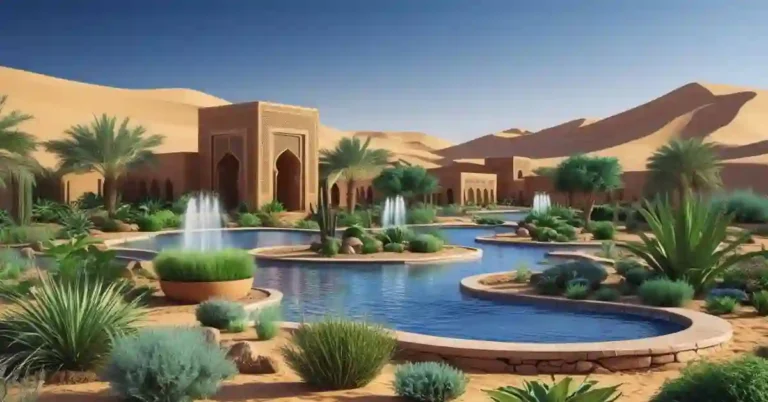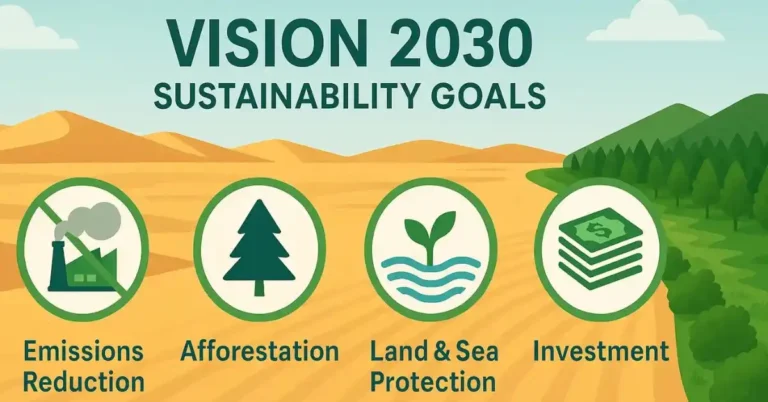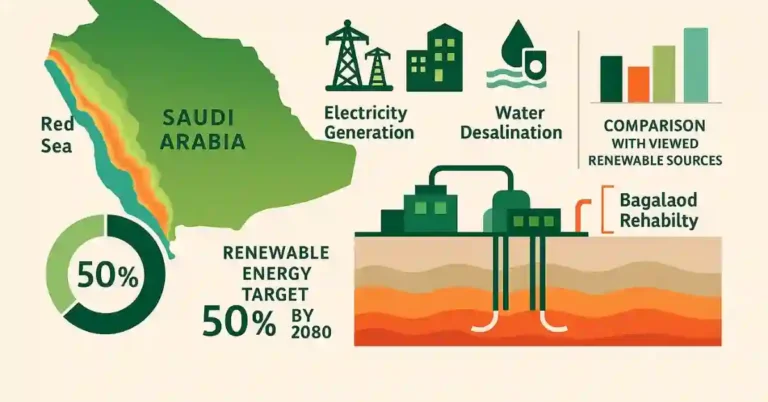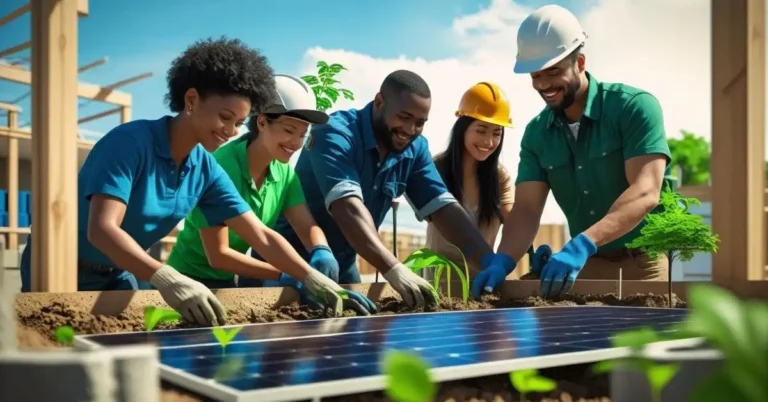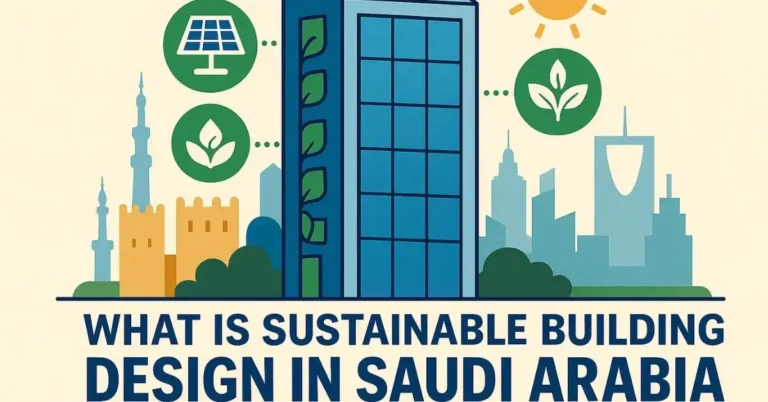Resilient Design in Saudi Arabia: Urban Spaces for Climate Change
Saudi Arabia, as one of the world’s largest oil producers, is undeniably facing the impact of climate change. Extreme heat, rising sea levels, and unpredictable weather patterns are just some of the consequences that this Middle Eastern country is experiencing.
And like many urban centers around the world, Saudi Arabia’s cities are vulnerable to these changing climate conditions. However, with resilient design, there is hope for the country to adapt and thrive amidst these challenges.
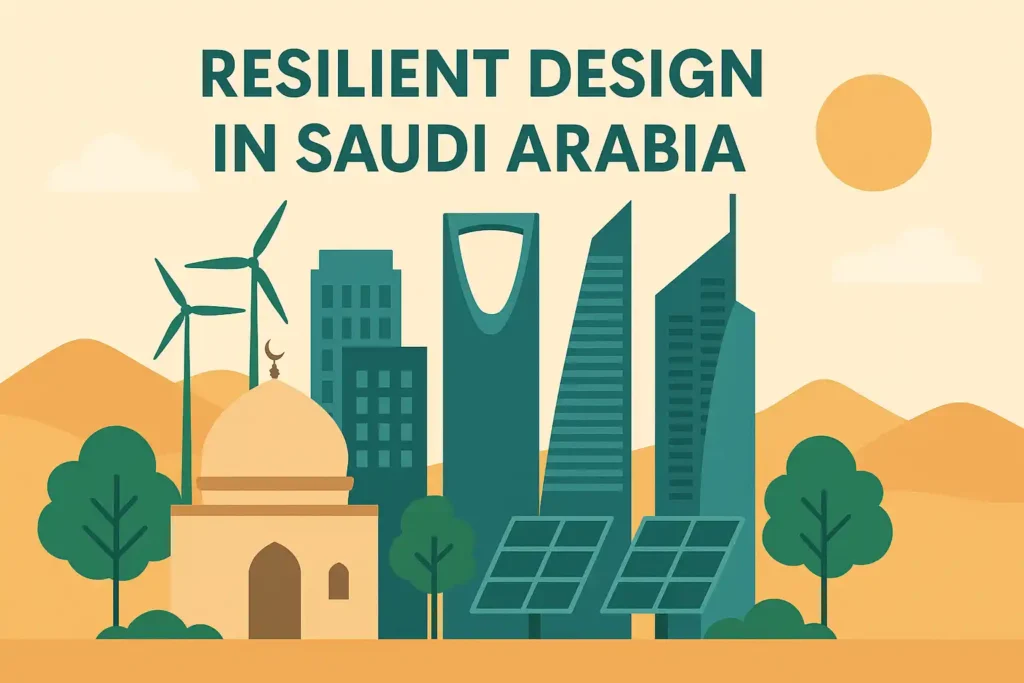
Resilient Design in Saudi Arabia is the practice of creating sustainable and adaptable structures and spaces that can withstand and bounce back from the impacts of climate change. In the context of Saudi Arabia’s urban centers, this means designing buildings and infrastructure that can withstand extreme heat, conserve water, and promote energy efficiency.
It also involves incorporating green spaces and natural elements into the cityscape to help mitigate the urban heat island effect, where cities are significantly hotter than surrounding areas due to human activities.
So why is resilient design important for Saudi Arabia’s urban centers, and how can it be implemented? This article will delve deeper into these questions and more, providing insights into the growing importance of resilient design in the face of climate change.
The Importance of Resilient Design in Saudi Arabia
Saudi Arabia’s urban centers are vulnerable to the impacts of climate change due to their geographical location, rapid population growth, and high dependence on natural resources. The country’s arid climate and limited freshwater resources make it particularly susceptible to water scarcity, especially in cities like Riyadh, Jeddah, and Dammam.
Moreover, the country’s strong reliance on oil and gas has led to a significant carbon footprint, contributing to global warming and exacerbating the impacts of climate change. This has resulted in increasing temperatures, which can reach up to 50 degrees Celsius during the summer months, making it challenging to maintain comfortable living conditions without heavy energy consumption.
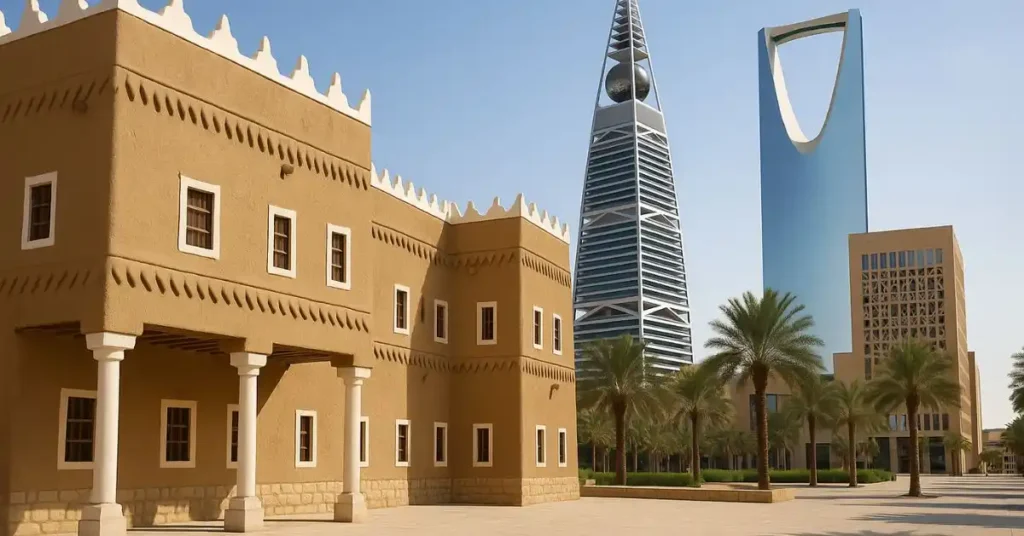
Furthermore, like many other cities around the world, Saudi Arabia’s urban centers face the urban heat island effect. With more concrete and fewer green spaces, cities trap heat, making them much warmer than the surrounding rural areas. This not only makes the cities uncomfortable for residents and visitors but also causes health issues and increases energy consumption for cooling.
All of these factors highlight the need for Saudi Arabia’s urban centers to adopt resilient design principles to prepare for and mitigate the impact of climate change. By incorporating resilient design strategies into urban planning and development, cities can become more energy-efficient, build resilience to extreme temperatures, and conserve water resources.
Principles of Resilient Design in Saudi Arabia Urban Centers
While the concept of resilient design is relatively new, Saudi Arabia has already begun incorporating resilient design principles into its urban developments. Authorities in major cities like Riyadh and Jeddah have made commitments towards achieving a low-carbon future and creating sustainable and resilient urban environments.
This includes the incorporation of sustainable building materials, green building techniques, and renewable energy sources in construction projects. One example of this is the King Abdullah Financial District in Riyadh, which was designed to be a low-carbon and energy-efficient commercial hub.
The buildings in this district have high-performance envelops and use efficient cooling systems, resulting in an estimated energy-saving of 30-40% compared to traditional buildings. Additionally, the city of Jeddah has implemented a “Green Roof” project, which involves converting rooftops into green spaces to help mitigate the urban heat island effect.
This initiative not only provides a pleasant space for residents to enjoy but also helps cool down the city and reduce energy consumption for cooling purposes.
Furthermore, Saudi Arabia is also investing in renewable energy sources, such as solar and wind power, to reduce its dependence on fossil fuels and decrease carbon emissions.
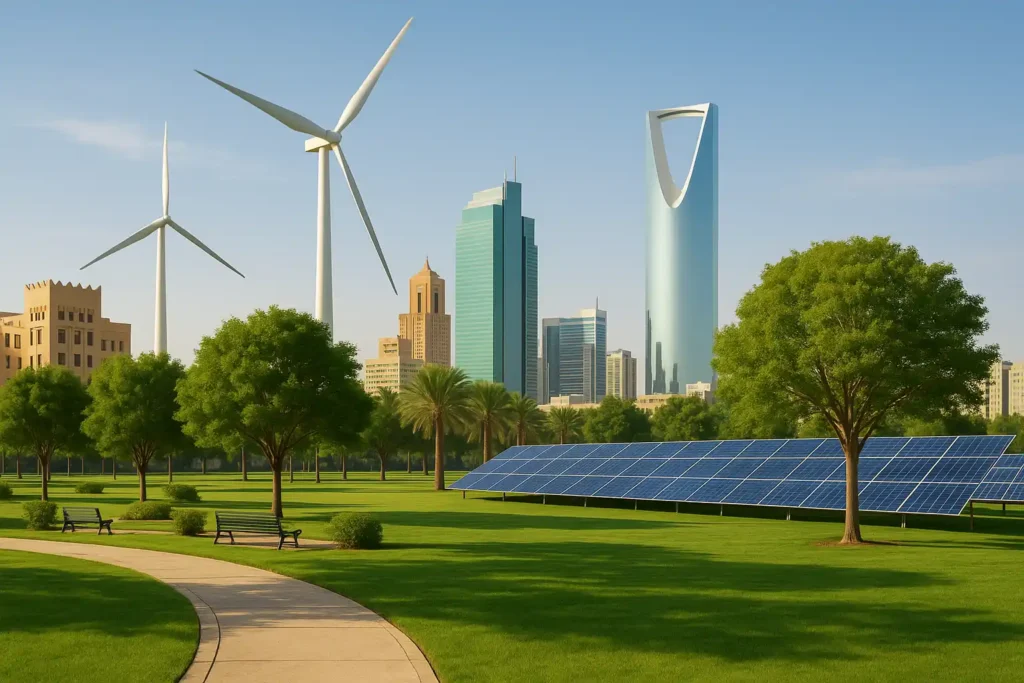
The country’s first renewable energy project, the Sakaka solar power plant, has been operational since 2019 and can produce enough clean energy to power approximately 100,000 homes. These are just a few examples of how Saudi Arabia’s urban centers are incorporating resilient design principles into their developments.
With the government’s commitment towards sustainable and resilient cities, we can expect to see more initiatives and projects that prioritize climate change adaptation in the near future.
Conclusion
Resilient design in Saudi Arabia urban centers are increasingly feeling the impacts of climate change, and it is crucial to take steps towards building resilience and adaptation to these changes. Resilient design provides a framework for creating sustainable and adaptable structures that can withstand and thrive amidst the challenges of climate change.
With the government’s commitment towards creating sustainable and resilient resilient design in Saudi Arabia cities, we can be hopeful that Saudi Arabia’s urban centers will continue to prioritize resilient design and lead the way towards a more sustainable future.
FAQS
What is resilient design in Saudi Arabia?
Resilient design in Saudi Arabia refers to creating sustainable, adaptable urban structures that can withstand climate challenges such as extreme heat, water scarcity, and rising energy demands.
Why is important for resilient design Saudi Arabia cities like Riyadh, Jeddah, and Dammam?
These cities face intense heat, water scarcity, and urban heat island effects. Resilient design helps reduce environmental impact, improve livability, and prepare infrastructure for climate change.
Can resilient design in Saudi Arabia be integrated into existing buildings?
Yes. Existing buildings can be retrofitted with efficient systems, improved insulation, renewable energy sources, and water-saving technologies to enhance resilience.
How does resilient design help conserve water in arid regions?
It incorporates water-saving plumbing, greywater recycling, and rainwater harvesting to reduce water consumption critical for Saudi Arabia’s limited freshwater supply.
Is green infrastructure feasible in a desert climate like Saudi Arabia’s?
Yes. Projects like Jeddah’s Green Roof initiative show how green spaces can be added even in desert climates to reduce heat and enhance urban livability.
Are there any real-life examples of resilient design in Saudi Arabia?
Yes. The King Abdullah Financial District in Riyadh features energy-efficient design, while Jeddah’s Green Roof project showcases urban cooling through rooftop greenery.
What role does renewable energy play in resilient in Saudi Arabia urban development?
Renewable energy reduces dependence on fossil fuels and supports low-carbon development. Projects like the Sakaka solar power plant are leading this transformation.
Does resilient design offer economic benefits?
Absolutely. It reduces operational costs by saving energy and water and may increase property value. It also creates opportunities for green jobs and innovation.
How does resilient design combat the urban heat island effect?
It uses reflective materials, shading elements, green roofs, and increased vegetation to reduce urban temperatures and improve comfort in cities.
Are there any government incentives for resilient design in Saudi Arabia?
Currently, there are no specific incentives, but the government’s sustainability vision indicates potential future support through regulations or funding initiatives.
